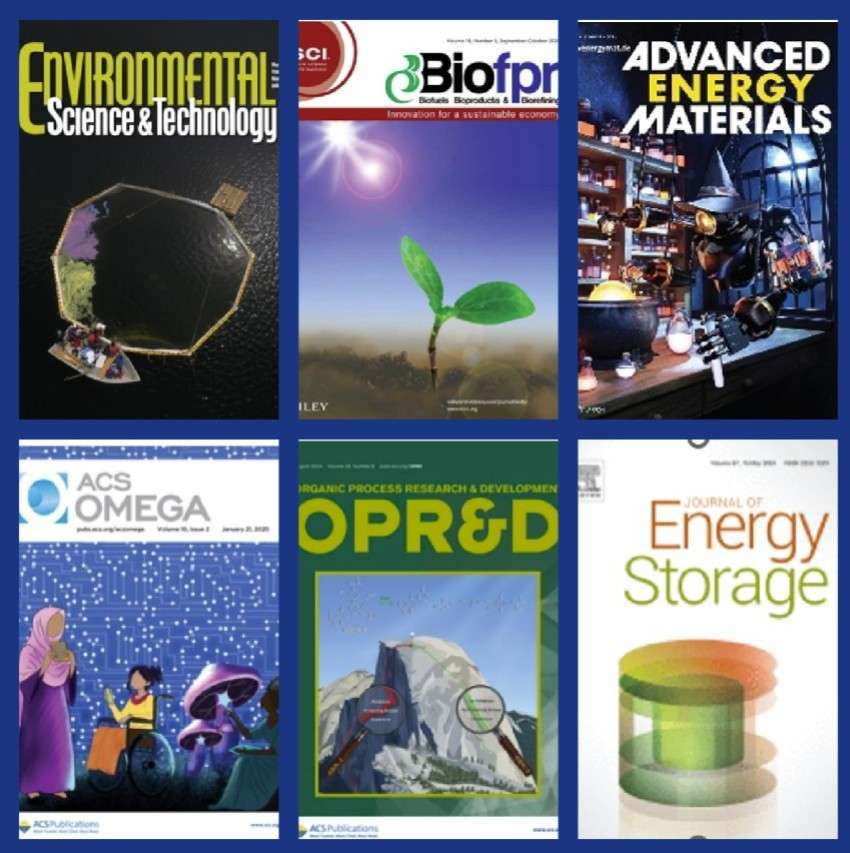Notes on Metal Diaphragms
One of the great advantages of Equilibar back pressure regulators is the extremely wide range of wetted materials that our units may be configured with. Our most popular diaphragm selections are either our PTFE Glass composite diaphragm or FKM Fluoroelastomers but we are having an increasing number of customers make use of our Stainless Steel 316/316L and Hastelloy C 276 diaphragms. These diaphragms are great for certain applications, namely high temperature, high pressure or aggressive chemistry applications.
Thinner metal diaphragms offer better suppleness and therefore better low-flow performance. However thinner diaphragms are more susceptible to failure from particle damage, fatigue, or over pressurization. Thicker diaphragms are better able to resist fatigue and avoid particle damage but have reduced performance at low flow rates. Our Applications Engineers work with you to find the right balance between the competing interests of low-flow performance and robustness. Occasionally the right balance is not reached with the first selection and you will need to try a different thickness.
These diaphragms carry a few other quirks that our customers should know about prior to purchase and this page is intended to outline them.
Metal diaphragms do not perform as well as polymer diaphragms in low flow applications
Equilibar’s direct diaphragm sealing technology utilizes diaphragms that deform into the orifices in the unit to control the pressure. Metal diaphragms are not as malleable as polymer diaphragms and thus cannot make as good of a seal against the orifices which limits the minimum flow rate achievable by the unit. This is not applicable to our ZF unit, which utilizes an elastomeric soft seat and can achieve effective zero-flow shut off.
Equilibar offers an optional upgrade to our metal diaphragms in cases where low flow is critical and is not easily achieved with our standard metal diaphragm. This “G-Standard” option includes an extra polishing step that results in better low flow pressure control.
Metal diaphragms are more susceptible to fatigue failure than polymer diaphragms
This seems counter-intuitive to our customers because the assumption is typically that something made of metal will be more durable than something made of a polymer. Our metal diaphragms do, in fact, carry a much higher static burst pressure than their polymer counterparts but they are more susceptible to fatigue failure. Imagine having a thin, yet rigid metal foil in your hands and flexing it back and forth repeatedly between concave and convex. Each time the diaphragm cycles this way it gets weaker. This is effectively the same thing that happens to diaphragms that are installed in our unit. The diaphragm is constantly having to make these adjustments to actuate the pressure upstream. Because of this, metal diaphragms tend to fail prematurely. This is why we strongly recommend having spare diaphragms on hand to replace them in the event of a failure. It’s quite easy to replace the diaphragms in our units; you can see a video of that here.
Metal diaphragms are more likely to fail in applications with solids/slurries
Another counterintuitive quirk of these metal diaphragms is that applications with a slurry or solids present will shorten the lifetime of the unit. If solid particles become stuck between the diaphragm and the orifice plate in the unit the pilot pressure will force the diaphragm to deform around these particles, leaving dimples in the diaphragm and potentially damaging it. This is not to be confused with the orifice dimples in the unit, which are required for the unit to control properly. In some applications this is not a great concern since our units can be so easily cleaned and rebuilt.
Closing Remarks
This page is not intended to discourage you from making use of metal diaphragms, but to inform you of the limitations. They can be great for certain scenarios and they allow us to control pressure in applications that our competitors simply cannot. If you have any specific questions do not hesitate to contact one of our Application Engineers.


